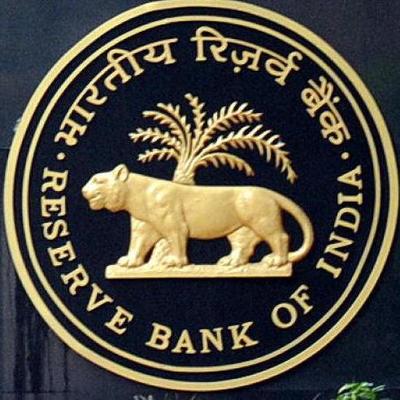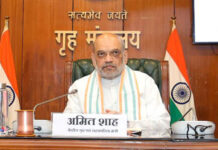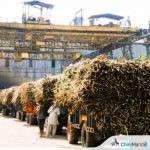The Reserve Bank of India (RBI) is widely expected to adopt a hawkish stance while keeping the key interest rates steady in the June monetary policy meet, the outcome of which will be revealed at 2:30 pm on Wednesday. The RBI’s Monetary Policy Committee (MPC) will announce the resolution under its second bi-monthly monetary policy statement for 2018-19 today afternoon. The central bank’s outlook will be guided by the unexpected rise in inflation and the robust growth that the economy registered in the quarter ended March 2018.
According to a Reuters poll, which was taken before the figures for the gross domestic product (GDP) were released, 21 of 57 economists, or about 40 per cent, expected the RBI to raise interest rates in the June meeting. However, in a snap poll of 56 economists taken after the GDP data release, 26 of the respondents, or about 46 per cent, said that they expect the RBI to take the repo rate higher in June. Repo (or repurchase) rate is the rate of interest which the RBI charges to lend short-term loans to the commercial banks.
Here are five things that may guide RBI’s interest-rate setting decision today:
1) Higher-Than-Expected Rise In Economic Growth (GDP): In the January-March quarter, the economic growth accelerated to 7.7 per cent, which is a near 2-year high. For fiscal year 2018, GDP expanded at 6.7 per cent, lower than the 7.1 per cent recorded in the previous year. In a higher growth cycle, the central bank is expected to either restrain from cutting the interest rates, or to raise them marginally so to dissuade the borrowers from further borrowing.
2) Faster Acceleration In Inflation: Both retail and wholesale price inflation accelerated at faster-than-expected rates in April. Retail inflation rose to 4.58 per cent, after easing for three straight months while wholesale inflation rose to 3.18 per cent in April. This was the sixth straight month in which retail inflation level was higher than the RBI’s medium-term target of 4 per cent. In case of higher inflation, the RBI is expected to use its most potent weapon – rate hike – to battle the menace of disproportionately higher price rise.
3) Fuel Price Hikes Hit A Speed Bump: While the inflation rose, the global crude oil prices have been softening after touching the $80 a barrel mark. India meets more than 80 per cent of its crude oil requirement through imports, which makes crude oil the most expensive item on the country’s import bill. The surge in crude oil prices led petrol and diesel rates to break multiple records in May. However, with the growing US production and expectations of higher OPEC (Organization of the Petroleum Exporting Countries) supplies, the crude oil and fuel rates have now receded. With fuel inflation (which is part of headline inflation) softening for the time being, the incentive for RBI to raise the interest rates immediately gets abated.
4) Rupee Under Pressure: Currency traders and speculators expressed steep caution on Tuesday ahead of the rate-setting MPC’s review decision today. There are some expectations of capital inflows and some dollar selling by foreign banks, which has helped the Indian currency to cut some of the early losses. Forex market sentiment also took a beating with India’s services sector activity contracting for the first time in three months in May as new business orders stagnated and cost pressures intensified amid higher fuel prices, according to a business survey. Meanwhile, net investment by FIIs turned positive after a long spell of selling.
5) Despite Macroeconomic Indicators Hinting, Rate Hike Unanticipated: Credit rating agency ICRA, which anticipates that the MPC would leave the repo rate unchanged at 6 per cent, said that the tone of the policy document is expected to signal an imminent rate hike. “Although the headline and the core CPI inflation for April 2018 revealed negative surprises, an immediate rate hike may be premature, given the lack of clarity on factors like the 2018 monsoons, the minimum support price (MSPs) and fiscal risks. However, the expected rebound in the average CPI inflation for FY2019, in conjunction with the higher-than-anticipated GDP expansion in Q4 FY2018, suggests that a back-ended rate hike cannot be ruled out, which is likely to be reflected in the tone of the policy document,” ICRA said.












